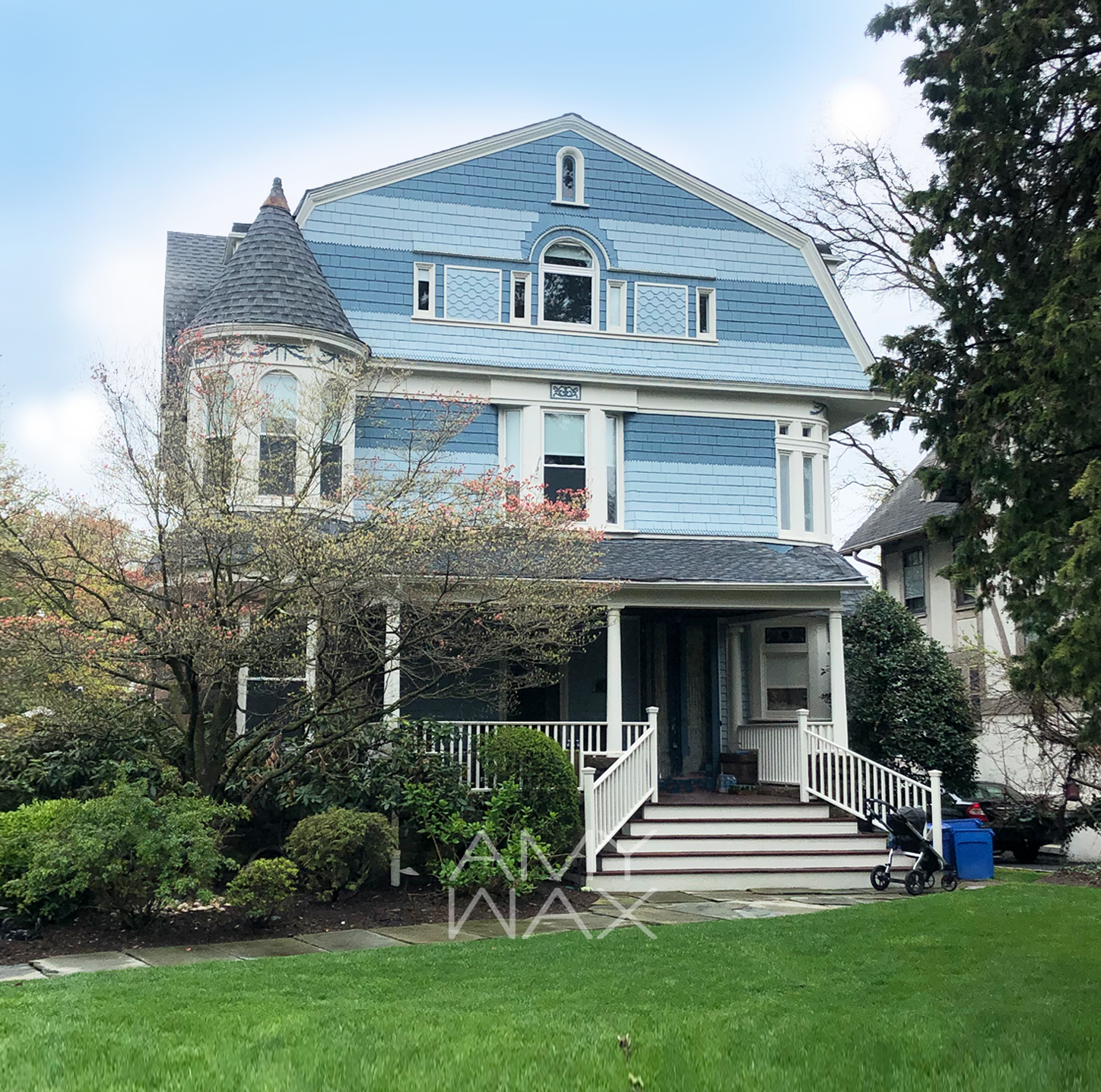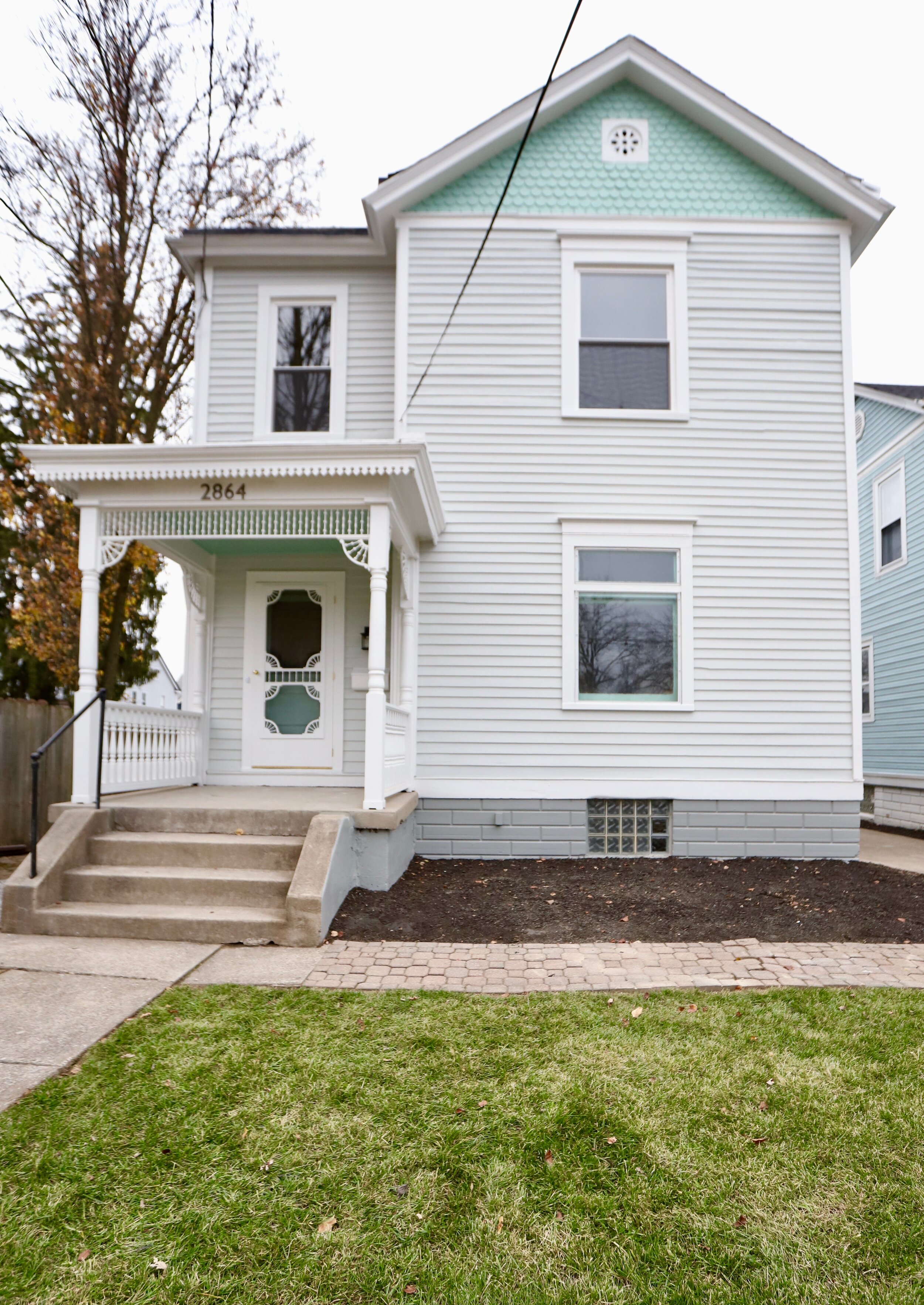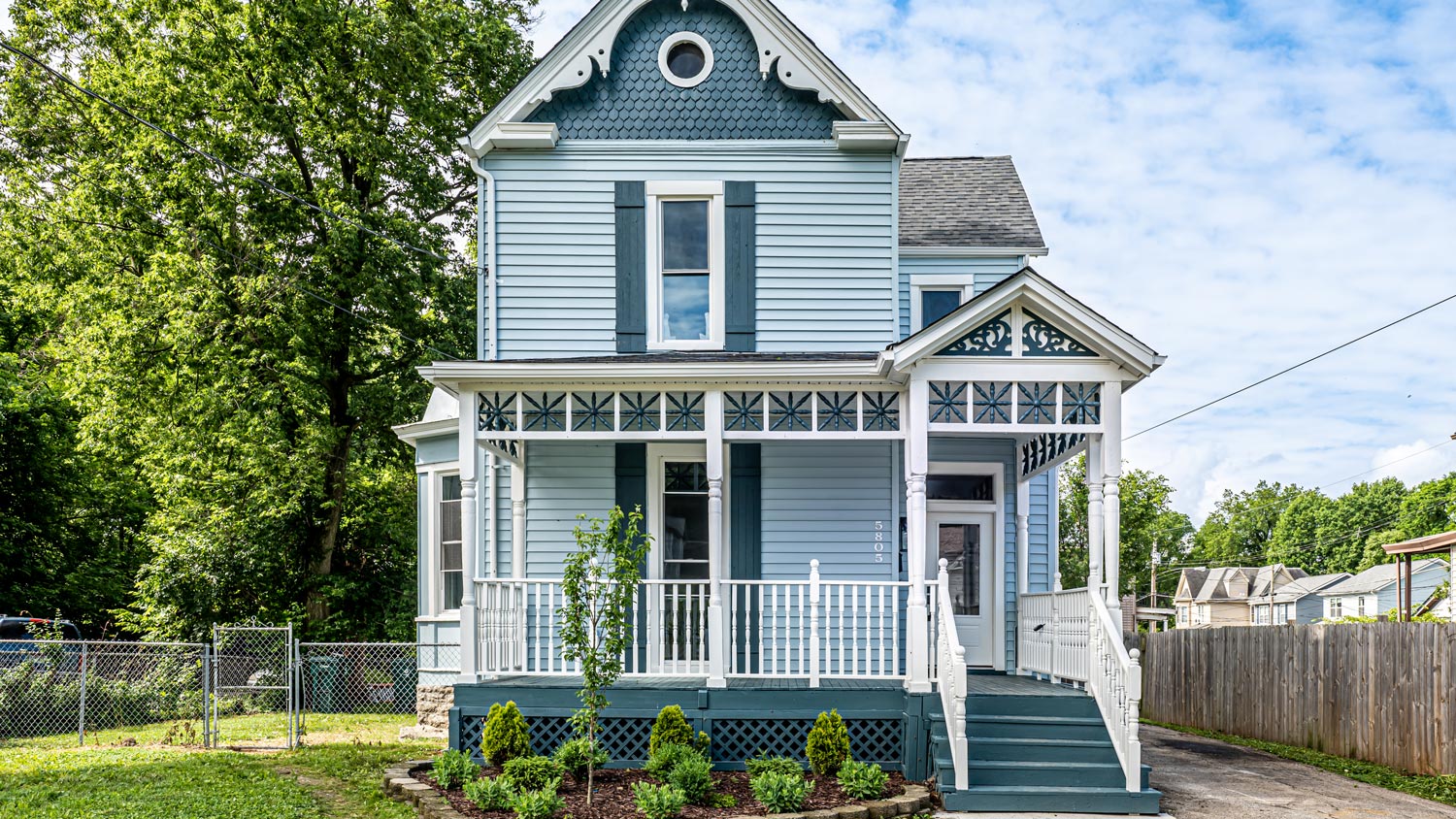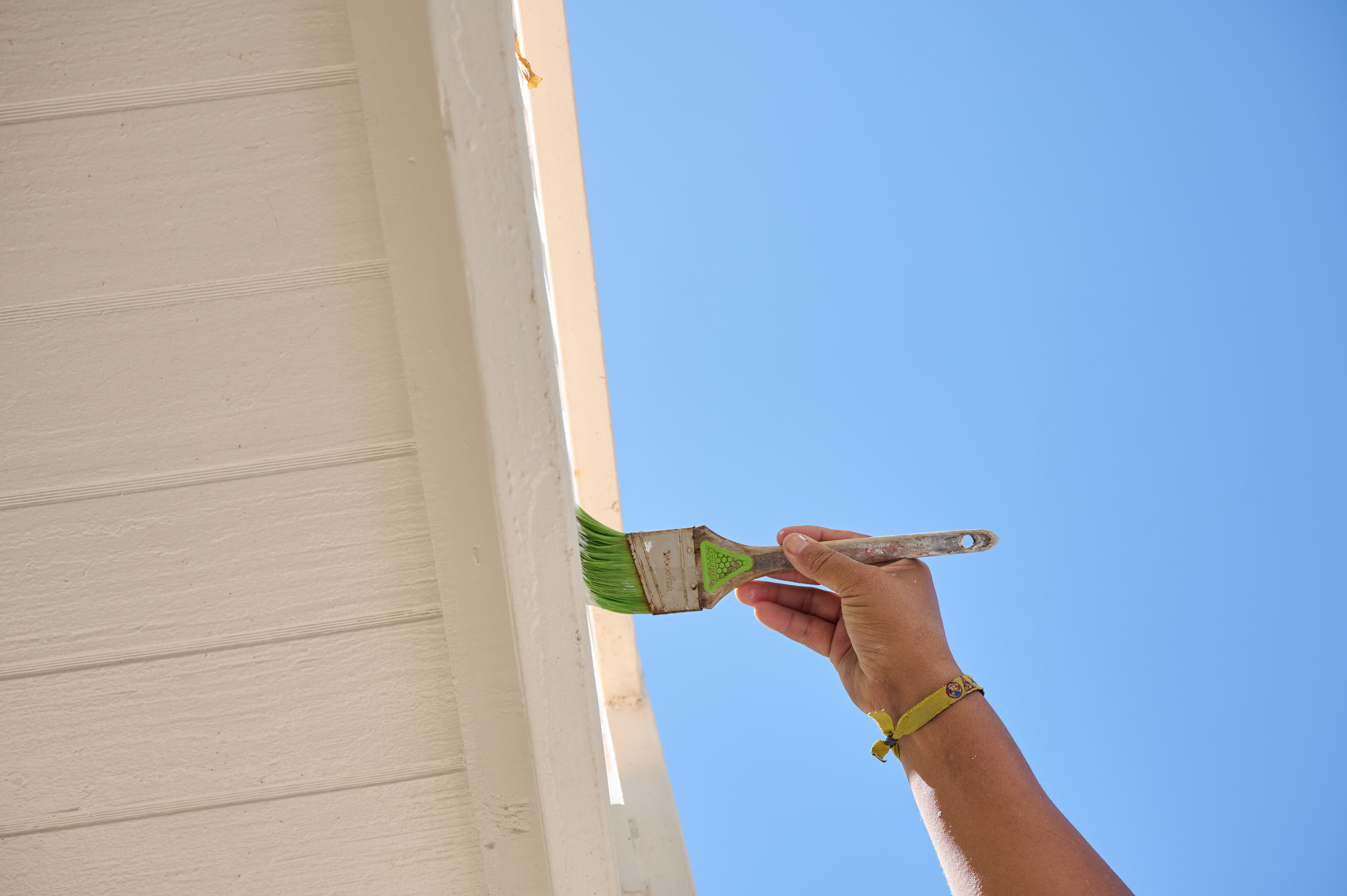
The cost to stain cedar siding largely comes down to the labor required. Learn how you can keep your costs down for materials, and when hiring a pro.
Go bold and bright or classic and subdued


Your coveted Victorian-era home may be beautiful, but it’s probably overdue for a fresh coat of paint. Choosing paint that honors the late 19th-century style will restore your home to its former glory. Whether you prefer neutral tones or vibrant color palettes, there’s plenty of design inspiration out there for Victorian exterior paint colors.
Once you’ve decided on the design, the next step is to find an exterior painter with the right experience to liven up your home. Check out these eight projects to see just how creative you can get when painting your beautiful 1800s home.

What makes Victorian-era homes so stunning? It’s all in the details. Ornate flourishes add grandeur and character, so draw attention to these elements with paint. You can refresh an all-white Victorian home with green paint, cream trim, and a pink paint for the smaller details. Together, the colors complement one another and help the house stand out on the block.
For inspiration:
Sherwin-Williams Poseidon
Benjamin Moore® Country White
Dunn-Edwards Golden Lock
BEHR® Tournament Field

This Victorian home is hard to miss. The bold, matte black paint gives it a dramatic yet elegant appearance. Despite the monochromatic look, your eyes still move to the ornate elements of the exterior. Plus, the black sets an ideal backdrop for changing seasons, from leafy green trees in the summer to orange and red leaves in the fall to sparkling white snow in the winter.
For inspiration:
Sherwin-Williams Black of Night
BEHR® Black
Valspar® Nevermore
Dunn-Edwards Black Tie

You own a Victorian-era home, so why not honor its history with 1890s Victorian exterior paint colors? Go with a lovely purple-and-gold house that feels very regal. These tones not only hearken to traditional Victorian homes, but also to the fashion of the era.
Follow traditional color rules like using darker colors for columns and doors and neutral colors for shutters. Step risers should be a darker tone than your treads, and porch ceilings should be a light color.
For inspiration:
Sherwin-Williams Berry Frappe
BEHR® Cellini Gold
Valspar® Forge
Dunn-Edwards Golden Rod

A playful blue home draws attention to the unique upper floor windows with stripes. The pattern adds visual interest, but keeping with shades of blue prevents the exterior from looking too busy. Plus, paired with white trim, this Victorian home matches the sky.
For inspiration:
Sherwin-Williams Quench Blue
BEHR® Charismatic Sky
Valspar® Soul Blue
Dunn-Edwards Wild Blue Yonder

For this 133-year-old Victorian home, white paint paired with a gray roof and matching trim make the whole structure feel fresh and modern without removing the character. A flourishing organic farm around the house adds ever-changing pops of color.
For inspiration:
Sherwin-Williams High Reflective White
BEHR® Ultra Pure White
Valspar® Ultra White
Dunn-Edwards Warm White

Choose a color scheme with pops of color for something chic and playful. For example, use a light gray color for much of the exterior. But a light blue hue on the top of the home adds visual interest and matches the painted porch ceiling.
Ultimately, each home may lend itself best to certain color palettes. Don’t be afraid to experiment, or work with a designer or color specialist to find the best exterior paint for your Victorian home.
For inspiration:
Sherwin-Williams Dew Drop
BEHR® Platinum
Benjamin Moore® Ocean Air
Dunn-Edwards Faded Gray

Owning a Victorian home is the perfect excuse for going all-out on the exterior paint color. Homes from this era were often referred to as “Painted Ladies,” with some of the most famous being the colorful row of homes in San Francisco. Vibrant colors like this coral as well as orange, yellow, red, or blue are the best representations of the time.
For inspiration:
Sherwin-Williams Vegan
BEHR® Wishful Green
Valspar® Vintage Coral
Sherwin-Williams Rapture Blue

Blue is a popular choice for many styles of homes, including Victorian-era dwellings. What can make a blue Victorian stand out is the color scheme extending to the stairs, porch, and foundational elements. Mix a few different shades of blue for something eye-catching. Either go with a darker shade for the siding and porch with light blues for the trim and shutter, or vice versa.
Sherwin-Williams Swimming
Dunn-Edwards The Blues
BEHR® Glass Sapphire
Benjamin Moore® Barely Teal
Hiring an exterior painter costs $3,145 on average. The cost ranges from $1,810 to $4,500, depending on several factors, including the size of your home, the number of stories, and the type of siding. Additional add-on paint projects, such as painting trim, garage doors, windows, and gutters, can also increase the cost.
Painting your own home can save a significant amount of money, with materials costing only $500 to $1,000. However, painting an exterior requires more tools than just paint and a few brushes. If you have a multi-story home, you’ll need a tall ladder or scaffolding, which adds expense as well as risk to your DIY project. You get what you pay for with a professional: A local exterior painter will have the tools, safety gear, and experience necessary to make your home shine.
Mizuki Hisaka and Sara Coleman contributed to this piece.
From average costs to expert advice, get all the answers you need to get your job done.

The cost to stain cedar siding largely comes down to the labor required. Learn how you can keep your costs down for materials, and when hiring a pro.

Painting your gutters can give your home the fresh finishing touch it needs to look its best. This guide walks you through the cost to paint gutters.

The cost to paint a pool deck depends on the dimensions and material, the type of paint, and whether you DIY. Read on to help determine a project budget.

Picking the right blue exterior house paint is easier said than done, but knowing which shades best suit the task will help you make the right choice.

You choose it to withstand the elements, but can you paint a vinyl fence? The answer is yes, but it might not be the best when your fence shows wear and tear.

When using a ladder to paint, it’s crucial to follow necessary safety measures. Learn about how to properly use a ladder so you can safely get the job done.